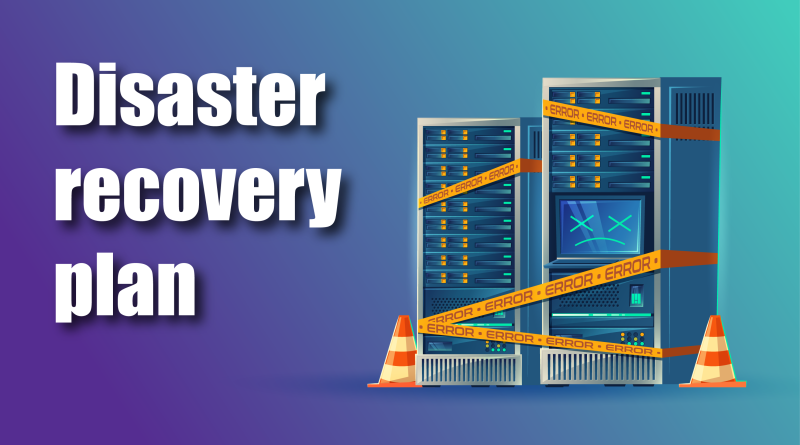Business Continuity and Disaster Recovery
Disaster recovery is a key business process that ensures systems remain operational during and after a disruption. It requires a team of experts to create a disaster recovery plan, and test it regularly.
Stress after a disaster can cause problems like changes to thoughts and emotions, physical reactions (like fast heartbeat), and difficulties with sleep or eating. Taking steps to manage stress can help you recover faster.
Preventative measures
Preventative measures take a holistic approach to mitigate the impact of natural and man-made disasters. They include building structures that are resistant to a particular hazard, changing the location of cities and towns to avoid the risk of flooding, installing flood barriers and earthquake-proof buildings, reducing erosion, preventing mudflows, establishing disaster prevention departments, and raising awareness about the risks.
A well-developed disaster recovery plan (DRP) can save businesses from significant losses, and it should be tested and optimized to address evolving threats. A DR team should also consider a cloud-based backup strategy that improves cost efficiency.
Business continuity (BC) is a proactive approach to minimizing risks and ensuring that a company can continue to operate during a disaster event. Disaster recovery (DR) is a subset of BC that focuses on IT systems and data storage. DR strategies define how to restore technology operations after an event occurs, and they help organizations meet compliance standards and regulations.
Recovering quickly
After a disaster, it’s important to recover quickly. This can help reduce damage to your business and improve customer satisfaction. A quick recovery can also increase productivity and save your business money. To ensure that you recover quickly, make sure your data is backed up and stored in an off-premises location. Backups should be updated regularly. Also, it’s important to test the backup system.
Non-traditional post-disaster data overwhelmingly focuses on quantifying building damage, which is easy to measure and supports top-down approaches to recovery planning15,16. Developing alternative metrics that capture non-recovery can support a more nuanced understanding of recovery priorities and enable better disaster decision-making. Such metrics could include food security, housing quality, and community health outcomes21,22. Using these metrics can identify communities with disproportionate needs over time and support targeted interventions. Creating and maintaining an IT disaster recovery plan can help you minimize costly downtime after a disaster. It’s important to keep equipment and data backed up and to maintain an inventory of software assets.
Restoring operations
One of the most important aspects of disaster recovery is restoring operations after a disruption. A successful recovery requires a quick assessment of the situation and determining priorities for business continuity. This includes assessing the extent of damage to hardware, software and data. A disaster recovery team should include representatives from different parts of the business, as well as IT experts who can perform system restoration.
A business can reduce its recovery time by investing in backup and DR tools. A backup system that uses point-in-time copies can help to restore data quickly and reduce downtime. Other tools such as instant recovery can help to reduce downtime by replicating an entire virtual machine and reducing the amount of time required to restore a database.
To ensure that the organization can quickly recover from a disaster, the company should test its disaster recovery plan regularly. This will help to identify weaknesses and improve the effectiveness of the plan.
Maintaining customer trust
Maintaining customer trust when it comes to disaster recovery is vital. This means that you should strive to be transparent with stakeholders and communicate regularly about the progress of the recovery process. This will help you rebuild trust and build a positive reputation.
Disaster recovery services help reduce downtime, which helps minimize damage and lost revenue. They also include security protocols to safeguard against cyberattacks, which can reduce legal costs and insurance premiums. In addition, they can save you from losing customers due to prolonged downtime and the risk of data breaches.
A comprehensive disaster recovery plan should consider all critical elements of your network, including redundancy, backups, communication, and testing. It should be updated periodically to address new risks and ensure that your business is protected against potential disasters. These measures can help you protect the integrity of your FTTX network and keep your customers happy. This will help you retain existing customers and attract new ones.

